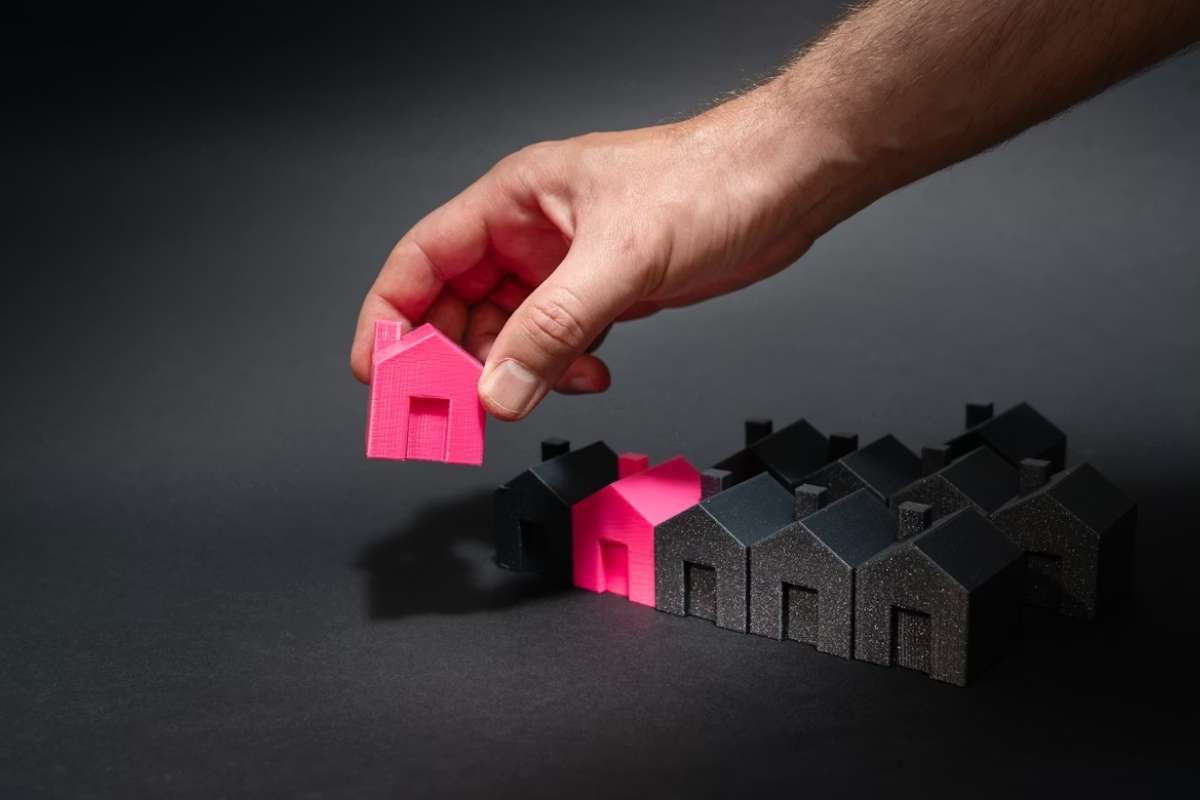Embarking on the journey of fashion entrepreneurship is an exciting prospect. The allure of the fashion industry, especially the expanding digital frontier, is both exciting and compelling. Given that the global apparel market is projected to surpass an astonishing $1.7 trillion in revenue by the end of 2023, there’s an expansive field of opportunities for innovative online businesses ready to seize them.
Nonetheless, navigating this competitive terrain involves more than just a love for fashion and design. This endeavor demands strategic acumen, meticulous preparation, and a profound grasp of your customer demographics. Your role extends beyond merely producing clothing; you’re cultivating a brand, forging connections with your target market, and carving out a unique space for yourself in the marketplace.
Looking to understand how to start an apparel business online can indeed seem thrilling yet intimidating. This article is dedicated to guiding you through this complex process and helping you turn your fashion dreams into a digital reality. We’ll delve into seven fundamental elements that every upcoming fashion entrepreneur should know when setting out to start their online clothing line, paving the path to success in this dynamic industry.
Here are 7 fundamental elements that every upcoming fashion entrepreneur should know:
1. Developing a Business Plan

A well-crafted business plan serves as the roadmap for your fashion business. It outlines your business goals, strategies for achieving them, your target market, and financial forecasts. It’s a crucial document for getting investors on board and keeping your business on track. Make sure your business plan covers all the necessary elements, including your USP, market analysis, marketing strategies, and financial plan.
2. Identifying Your Unique Selling Proposition
When it comes to understanding how to start an apparel business online, the first step is defining your unique selling proposition (USP). A USP sets you apart from your competitors and gives customers a reason to choose your brand over others. It could be your distinctive designs, your commitment to sustainable practices, or a unique manufacturing process. Whatever it is, make sure it’s something that resonates with your audience and encapsulates the essence of your brand.
3. Understanding Your Target Market
Your target market is the specific group of people to whom your products are marketed. It’s not enough to create beautiful designs; they have to be designs that your target customers love. Understanding your target market involves thorough market research, which includes analyzing their demographics, preferences, shopping habits, and fashion tastes. With this understanding, you can tailor your designs to meet their needs and preferences, ultimately leading to higher customer satisfaction and loyalty.
4. The Crucial Role of Fashion Design and Trends

Fashion is a constantly-evolving industry, with trends changing all the time. As a fashion entrepreneur, staying on top of these trends is crucial. However, simply copying current trends won’t make your brand stand out. It’s about incorporating these trends into your unique design aesthetic to create pieces that are both fashionable and original. This balance between trend awareness and originality is the sweet spot for successful fashion design.
5. Sourcing Materials and Manufacturers
Quality materials are the backbone of a successful clothing line. Your customers will appreciate and pay for well-made, durable pieces. Therefore, take the time to source high-quality, sustainable materials. Your choice of manufacturer is equally important. Find manufacturers who not only produce quality items but also align with your brand’s values. For instance, if sustainability is part of your plan, then a manufacturer who practices ethical manufacturing would be a perfect fit.
6. Managing Finances
Navigating the waters of financial management can seem overwhelming for upcoming entrepreneurs, yet it’s an indispensable component for the sustenance and expansion of your venture. This domain encompasses key aspects such as budgeting, cost management, and maintaining a steady cash flow. You’ll also need to secure funding for your business. This could come from personal savings, bank loans, or investors. So familiarize yourself with different financing options to find the one that suits your business best.
7. Learning From Industry Experts and Networking

It’s comforting to note that this entrepreneurial journey is not a solitary one. Many prosperous fashion entrepreneurs have tread this path before, leaving behind a treasure trove of wisdom and insights that you can draw upon. Attend industry events, join fashion entrepreneur forums, and connect with other fashion entrepreneurs. Networking can open doors to collaborations, partnerships, and opportunities that you might not have found otherwise.
Conclusion:
In conclusion, initiating your clothing line is indeed a voyage interspersed with hurdles and victories. It calls for inventive thinking, unwavering resolve, a keen business sense, and a profound passion.
Still, with a thorough comprehension of your unique selling proposition, an in-depth knowledge of your target market, a robust business plan, efficient branding, prudent financial management, and a supportive network, you’re well-equipped to construct a thriving fashion enterprise. The journey, laden with infinite opportunities for growth and artistic expression, is undeniably worth undertaking. So here’s to creating your unique footprint in the vibrant tapestry of the fashion world.

















